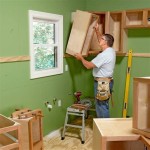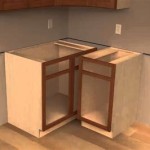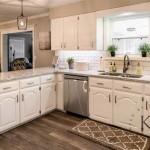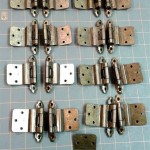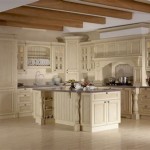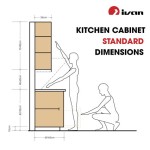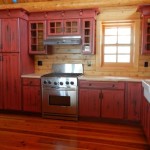Lining Kitchen Cabinet Shelves, an Essential Guide
The kitchen is a hub of activity in any home, and its cabinets are a crucial storage solution. Lining kitchen cabinet shelves is an essential step that can protect the shelves from scratches, stains, and moisture, while also providing a more organized and aesthetically pleasing space.
Choosing the Right Lining Material
The first step is choosing the right lining material. There are several options available, each with its own advantages and disadvantages:
- Contact Paper: Inexpensive, waterproof, and comes in a variety of colors and patterns.
- Shelf Liner: Similar to contact paper, but thicker and more durable. Often has a non-slip surface.
- Vinyl: Waterproof, durable, and easy to clean. Can be textured or patterned.
- Fabric: Provides a decorative touch and can be easily removed and washed. However, it may not be waterproof.
- Cork: Natural, non-slip, and protects shelves from scratches. Can be more expensive than other options.
Measuring and Cutting the Lining
Before lining your shelves, measure the width and depth of each shelf. Cut the lining material accordingly, leaving a few inches of overhang on all sides.
Applying the Lining
If using contact paper or shelf liner, peel off the backing and carefully apply it to the shelf, smoothing out any bubbles or wrinkles. For vinyl, use a measuring tape and a utility knife to guide your cuts. Cork and fabric linings may require adhesive or tacks to secure them.
Organizing and Decorating
Lining your kitchen cabinet shelves is not just about protection; it also allows for better organization and storage. Consider using shelf dividers or drawers to maximize space and keep items separated.
Lined shelves provide a blank canvas for personalization. Add a pop of color or a touch of texture with decorative shelf paper or removable wallpaper. Open shelves can be turned into display areas for cookbooks, artwork, or plants.
Benefits of Lining Kitchen Cabinet Shelves
In addition to protecting your shelves, lining kitchen cabinet shelves offers several benefits:
- Prevents Scratches and Stains: Protects shelves from everyday wear and tear caused by cookware, utensils, and kitchen appliances.
- Resists Moisture: Waterproof linings prevent damage caused by spills and condensation.
- Provides a Non-Slip Surface: Non-slip linings prevent items from sliding around on shelves.
- Enhances Organization: Shelf dividers and drawers create a more organized storage space.
- Adds a Decorative Touch: Decorative shelf linings can enhance the kitchen's overall aesthetic.
Conclusion
Lining kitchen cabinet shelves is a simple and inexpensive way to protect your cabinets, improve organization, and add a decorative touch to your kitchen. By choosing the right lining material and following these steps, you can ensure that your kitchen shelves stay looking their best for years to come.

8 Pros And Cons Of Kitchen Cabinet Shelf Liners Everyday Old House

Simple Diy Drawer And Shelf Liners

Simple Diy Drawer And Shelf Liners

How To Choose The Best Kitchen Shelf Liner 7 Tips Everyday Old House

Shelf Liners Kitchen Accessories That Escape Your Attention

Does Shelf Liner Really Extend The Life Of Cabinets Drawers

Simple Diy Drawer And Shelf Liners

How To Line Your Kitchen Cabinets Easily Lining Shelf Liner

Why Using Shelf Liners For Kitchen Cabinets Is Important Morana Group Ltd

Simple Diy Drawer And Shelf Liners Liner Kitchen Pantry
Related Posts

